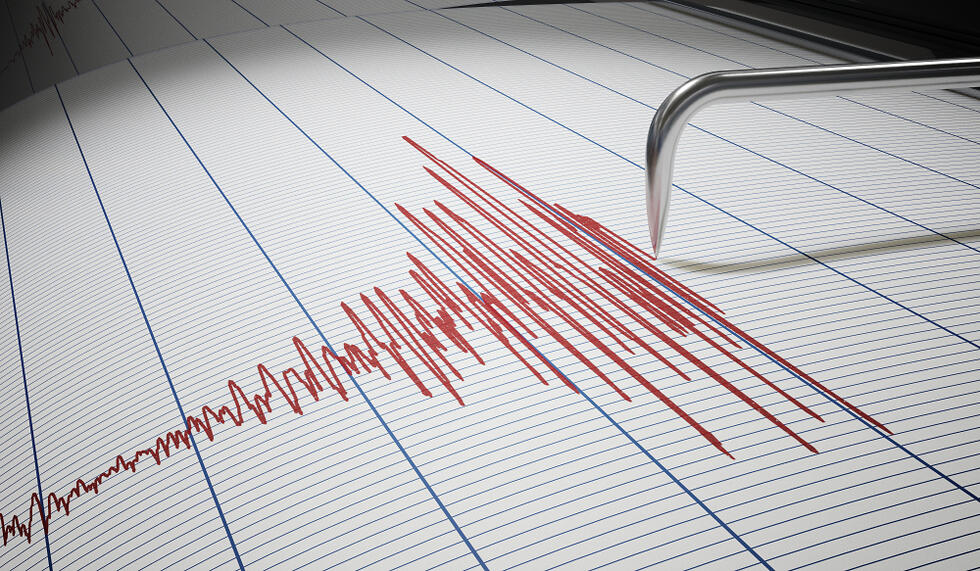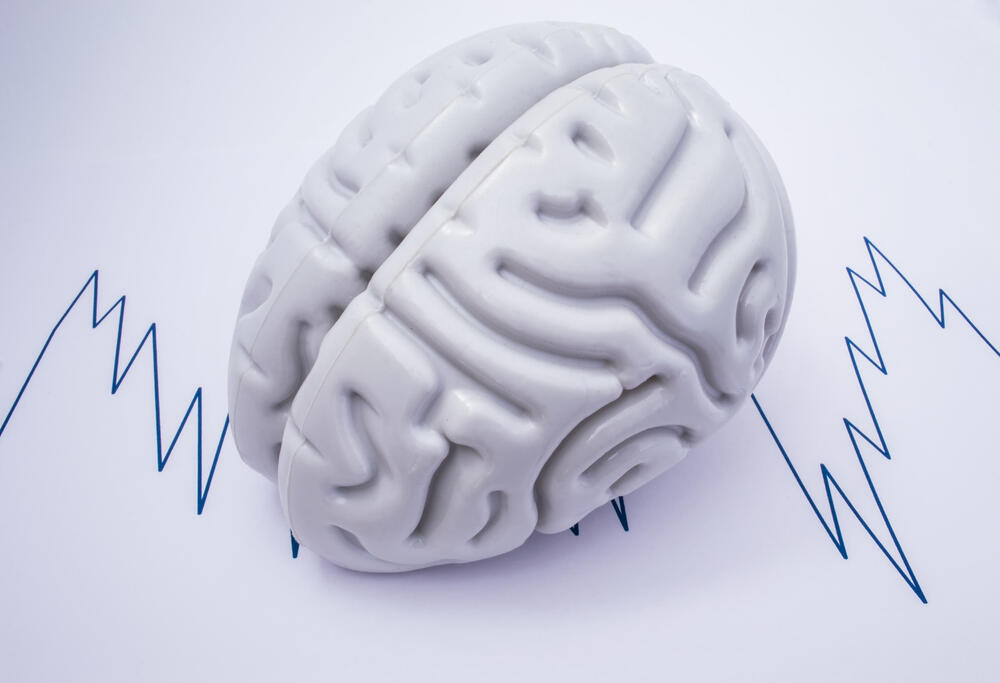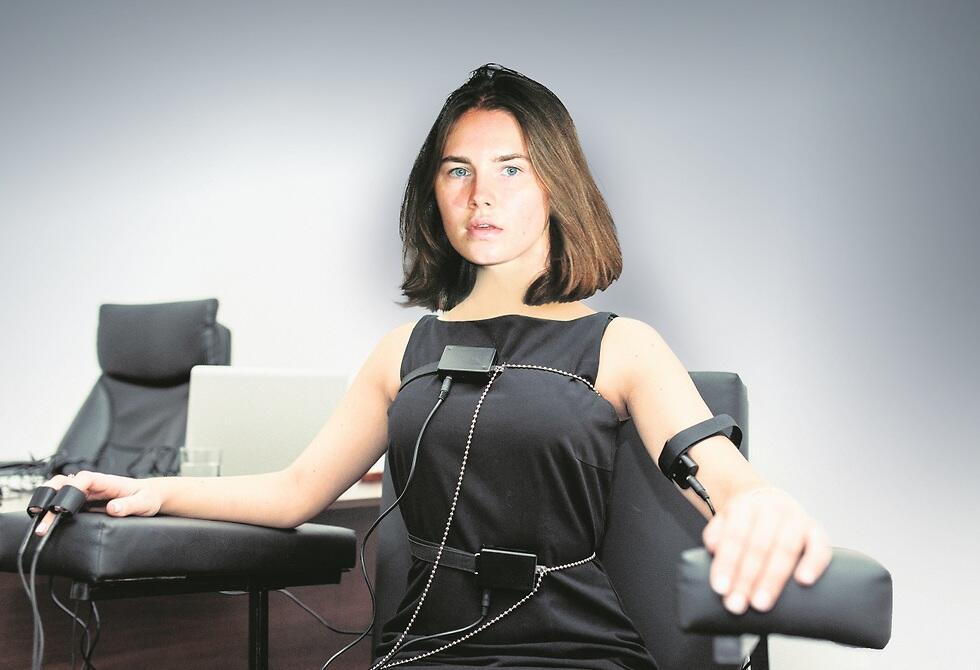Surely, you've also experienced looking someone in the eye and demanding that they look back and say they are not lying. It is likely that in response he or she returned a steady gaze and assured that everything was absolutely true. And you relaxed, of course, confident in your ability to spot a liar a mile away. After all, you're a fantastic lie detector, right? No one should be able to fool you right to your face!
Read more:
Confidence in our ability to detect lies is common among most people. Another thing that we all probably have in common is our actual inability to do so.
Why is it so important for us to know if we are being lied to? When we interact with others, we naturally try to understand their feelings, thoughts, needs, and intentions. The ability to decipher what is going on in another person’s mind, or at least to develop hypotheses about it, is what allows us to cooperate with people based on trust, or possibly to gain an advantage over our rivals in competitive situations.
The belief that liars inadvertently expose themselves through uncontrollable behavioral cues has ancient roots. In an ancient Hindu text, dating back to 900 BC, it is stated that a person who is lying tends to play with their hair, tremble slightly or rub the toes of their bare feet on the ground at that moment. Nearly 2,800 years later, Sigmund Freud, the father of psychoanalysis, claimed that the bodies of liars betray them and that lies seep out through every pore of their being. According to him, any person with open eyes and attentive ears would be able to recognize a liar standing before them.
Since the beginning of the 20th century, many researchers have tried to answer the two main questions that arise from these assertions: Do people really know how to recognize when they are being lied to, and what are the physical cues characteristic of people who are lying? The conclusions may surprise you.
Faulty Lie Detectors
In a typical experiment to test people’s ability to identify liars, subjects are asked to determine whether other individuals, who are physically present in front of them, or presented in a recorded video, are telling the truth or lying. For example, in a 1991 study, researchers tasked professionals whose job it is to detect lies - police investigators, judges, and psychiatrists - to judge whether students who had watched a calming or disturbing video described the real emotions that the viewing evoked in them. The subjects, who did not know what the students had seen, failed completely. Despite their experience and professional training, their determinations did not statistically exceed guesswork. Many similar studies have yielded identical findings, both when the subjects were relevant professionals or untrained individuals.
In recent years, another idea has emerged, suggesting that we can identify lies implicitly based on involuntary micro-movements that we may not consciously notice. The assumption is that when a person lies, it is expressed in tiny movements or rapid facial expressions that we do not consciously recognize. However, according to the hypothesis, our brain still perceives them and recognizes that they indicate a lie. However, studies show that even in this implicit manner, we fail to successfully recognize lies. To make matters more challenging, when individuals were filmed while speaking and recording carefully analyzed frame by frame, nothing significant was found. In fact, it turned out that people make very few micro-movements while speaking, regardless of whether they are telling the truth or lying.
Explanations for the Non-Existent Phenomenon
If we are so poor at detecting lies, why do we still believe that it is possible to distinguish between truth-tellers and liars based on their behavior? Perhaps if we understand what goes through people’s minds when they lie, we will know where to look for telltale signs of deceit.
In 1969, psychologists Wallace Friesen and Paul Ekman proposed the first structured theory seeking to explain the presumed link between deception and non-verbal behavior. Based on psychoanalytic models of Freud’s theories of unconscious emotions, they argued that a failure to completely suppress emotions related to deception - anxiety, fear, or even pleasure at the prospect of a successful deception - might prompt a person to reveal the lie through non-verbal cues. According to this explanation, known as the “leakage hypothesis”, when we lie, emotions we cannot hide arise and they manifest in body movements that can be detected. Among these presumed signs they listed a lowering of the gaze to avoid eye contact, an increasing tendency to blink, clearing the throat, and changes in the pitch of the voice.
Although the theory gained great popularity among the general public, the scientific community regarded it with skepticism. Critics claimed that it does not explain at all why and when these emotions would appear and that the definitions were too general to allow for effective predictions. Furthermore, in practice, no sufficient non-verbal cues for detecting lies were identified.
Newer theories abandoned the focus on emotions and turned to examining the possible connection between lies and the cognitive load they create, that is, a kind of flooding of thoughts. However, even though it has been found that lying can indeed cause cognitive load, researchers have not been able to identify behaviors that result from this, which would clearly be indicative of deception.
The following theories emerged from the field of social psychology. These approaches are based on the understanding that lies are told in a social context and that behavior is a product of both the individual and the environment in which they are found. The first approach that addressed the interpersonal dimension of deception was the Interpersonal Deception Theory, which stated that deception is a dynamic interaction between the sender of a message and its receiver. However, the theory offered no testable hypotheses. A more advanced social theory, known as the Self-presentational Theory, argued that both liars and truth tellers share a common goal - to be perceived as truth-tellers. To this end, they may try to behave in a way that projects credibility. However, despite their common goal, there is a critical difference between them: as unlike truth-tellers, liars know that the credibility they try to convey is based on shaky grounds. This difference may lead to changes in behavior that hint at deception. This explanation too, encountered the same problem as its predecessors: researchers failed to identify in practice behaviors that would hint at deception.
The Truth in The Machine
In the absence of an intuitive ability to recognize when we are being lied to, perhaps it is possible to develop a more sensitive machine, a technological tool for detecting lies objectively. Such a machine would track physiological measurements and enable us to draw conclusions about the reliability of statements made by people during the measurement.
This approach is very ancient. As early as around 300 BC, the Greek anatomist and physician Erasistratus noted that a person’s mental and emotional state also affects the functioning of their body’s biological system. Therefore it is possible that the discomfort a person feels from telling a lie might be expressed through involuntary physiological changes originating in the brain. If this is the case, these changes can be accurately measured and assessed using appropriate equipment. This concept gave rise to the polygraph device, invented in the 20th century, which quickly earned the nickname “lie detector”.
The polygraph monitors a group of indicators related to a person’s level of stress and alertness: blood pressure, pulse, chest and diaphragm movement during breathing, and the skin conductivity, which is related to sweating. Hence the name of the device, which means "multi-channel recording," i.e., simultaneous monitoring of multiple indicators.
Despite the appealing nickname, the polygraph is not truly a “lie detector”. It is a device that examines a person’s involuntary physiological responses in order to diagnose reactions characteristic of lying, in contrast to reactions characteristic of truth-telling. The human body does not react in a typical or specific way when telling the truth. In contrast, when a person lies and is aware that they could be caught in a lie, the sympathetic nervous system comes into play - a series of involuntary mechanisms, such as sweating, accelerated breathing, increased heartbeat, etc, which are triggered to prepare the body for fight or flight in emergency situations, stress or threat. These are the reactions that the polygraph detects.
The polygraph’s ability to detect lies indeed far exceeds the natural ability of humans to do so, but it also has quite a few limitations. Although it is much more difficult to control physiological indicators than voluntary movements and gazes, studies show that there are people who can lie in a polygraph test without any fluctuations in the recorded indicators. The problem is even more serious in the opposite direction - the polygraph test may incorrectly conclude that a person telling the truth lied during the test. This can happen, for example, when the subjects are stressed by the situation and their anxiety affects the measures and creates fluctuations that are interpreted as indicative of deception.
To improve the test’s reliability, it is common practice to not rely solely on “hot questions” that directly address the subject matter, but to accompany them with two other types of questions. The first type is “cold questions”, which are not related to the topic and are intended to measure the subject’s responses to questions that are not expected to evoke a strong emotional reaction, such as “Is your name so-and-so?”. These provide a baseline for comparison with the responses to the more critical questions. The second type of questions are comparison questions, which serve as a reference for relevant questions. Alongside these, the examiners also pay attention to the way the subjects answer the questions , so that the diagnosis begins as soon as the subject enters the room.
Due to their limitations, polygraph tests are generally not legally admissible. Nevertheless, the need for objective lie detection, even if it is not perfect, is great. Therefore, polygraph tests are still used as a tool to aid in police or insurance investigations, they are used for security screening of candidates for sensitive positions and job interviews, and are even used to check the reliability of sources in sensitive journalistic investigations.
Everyone Knows That…
Numerous explanations and theories have been explored over more than a century of research in the quest to uncover origins of a phenomenon that remains shrouded in uncertainty. Despite this, there are certain telltale signs we expect to see in individuals who are being deceptive. The most widely recognized of these is the inclination to avoid direct eye contact. Additionally, restlessness and fidgeting, along with playing with strands of hair and commonly observed behaviors.
If so, why is it that these signs remain undetected in research studies as significant indicators of deception? One possibility, of course, is that the list has no basis. Alternatively, it can be argued that these signs of deception are so well-known that most liars simply know how to avoid them, and, for example, make sure to maintain steady eye contact with the person opposite them.
Try to remember, when did you catch someone lying or were caught in a lie yourself? it almost never happens, even though we all lie quite a lot. Even in the rare cases when a lie is exposed, the problem may be in the content and not in the behavior - meaning that the lie itself was not successful. There are only two possible explanations for this: either there are no reliable behavioral signs of lying and cheating, or that such signs do exist, but we are not aware of them and are therefore unable to act based on them. And maybe…maybe when we believe in our ability to spot liars, we are simply…lying to ourselves?





